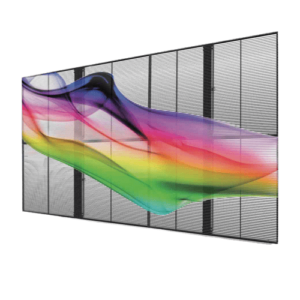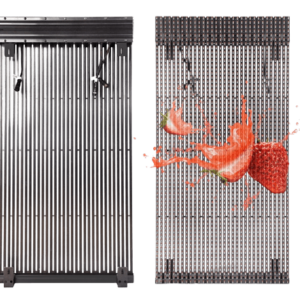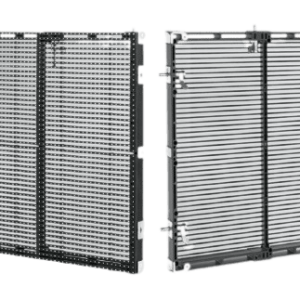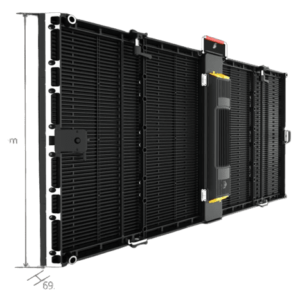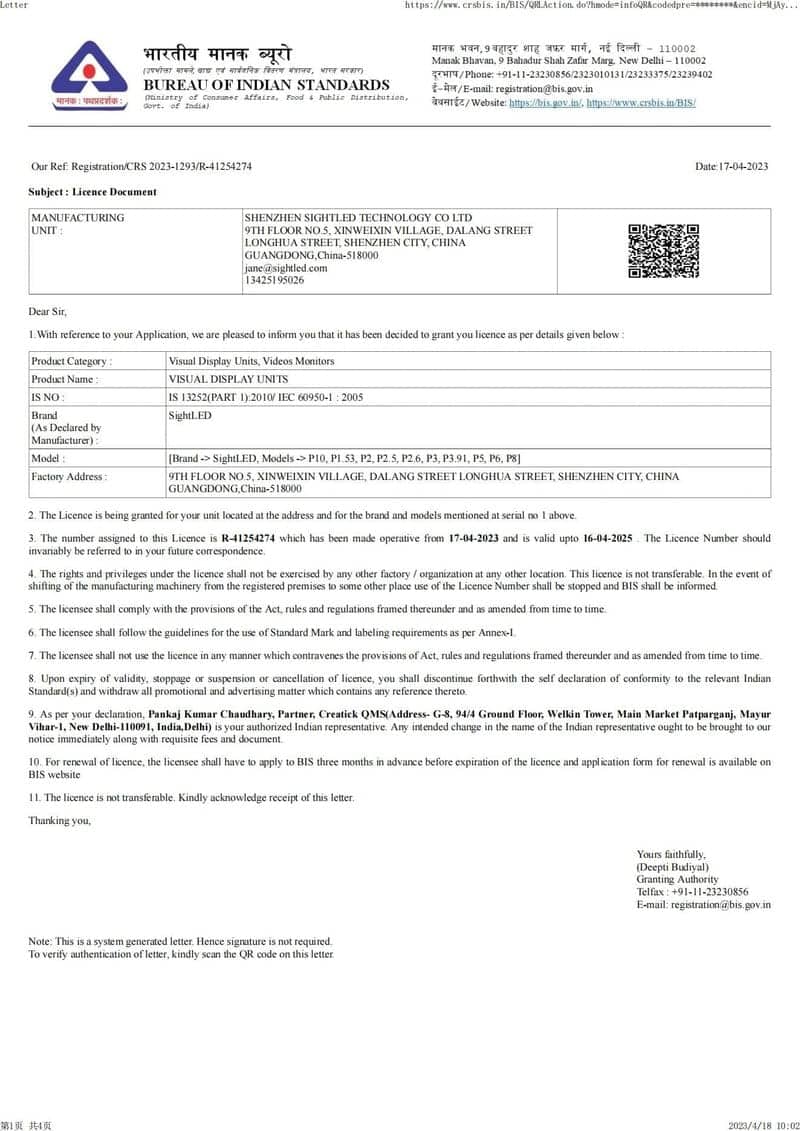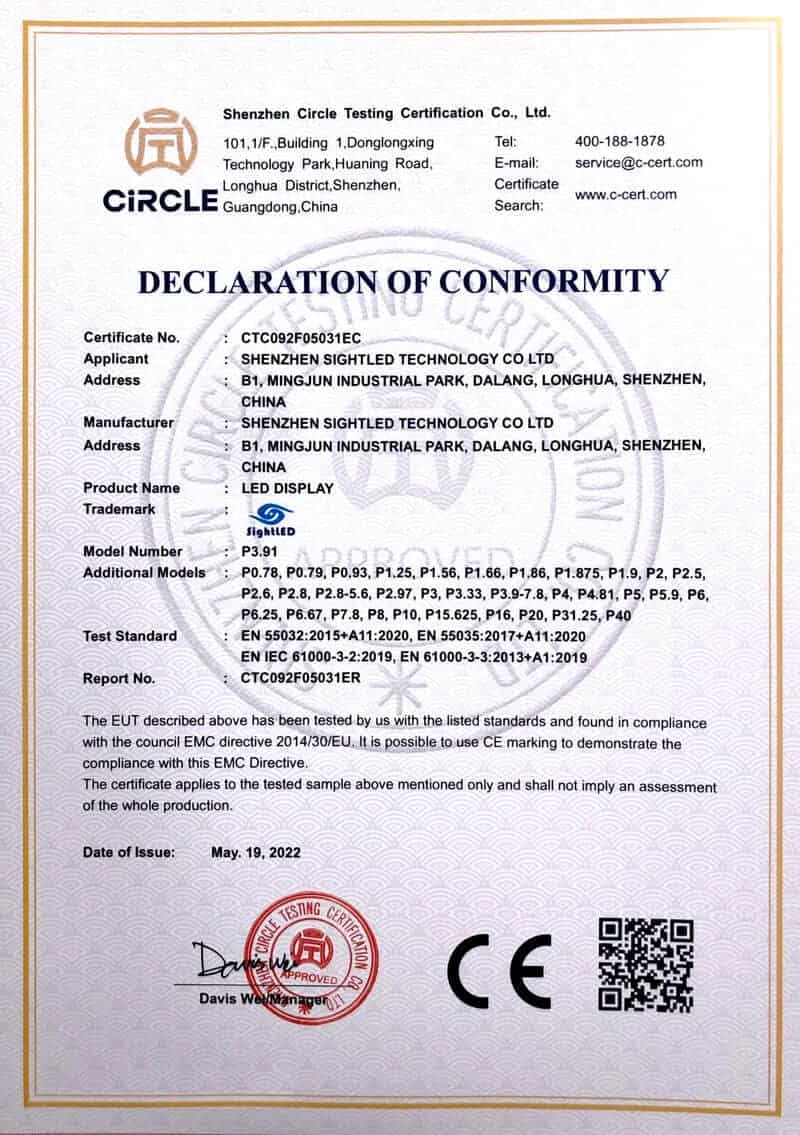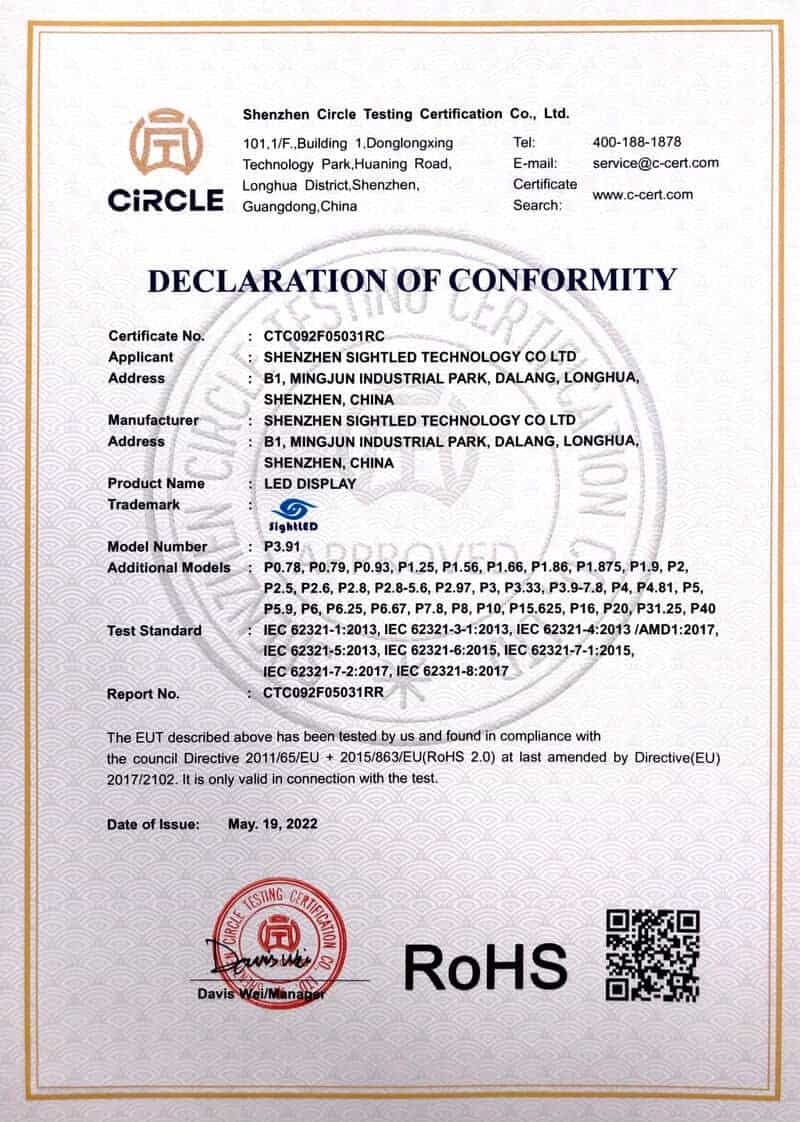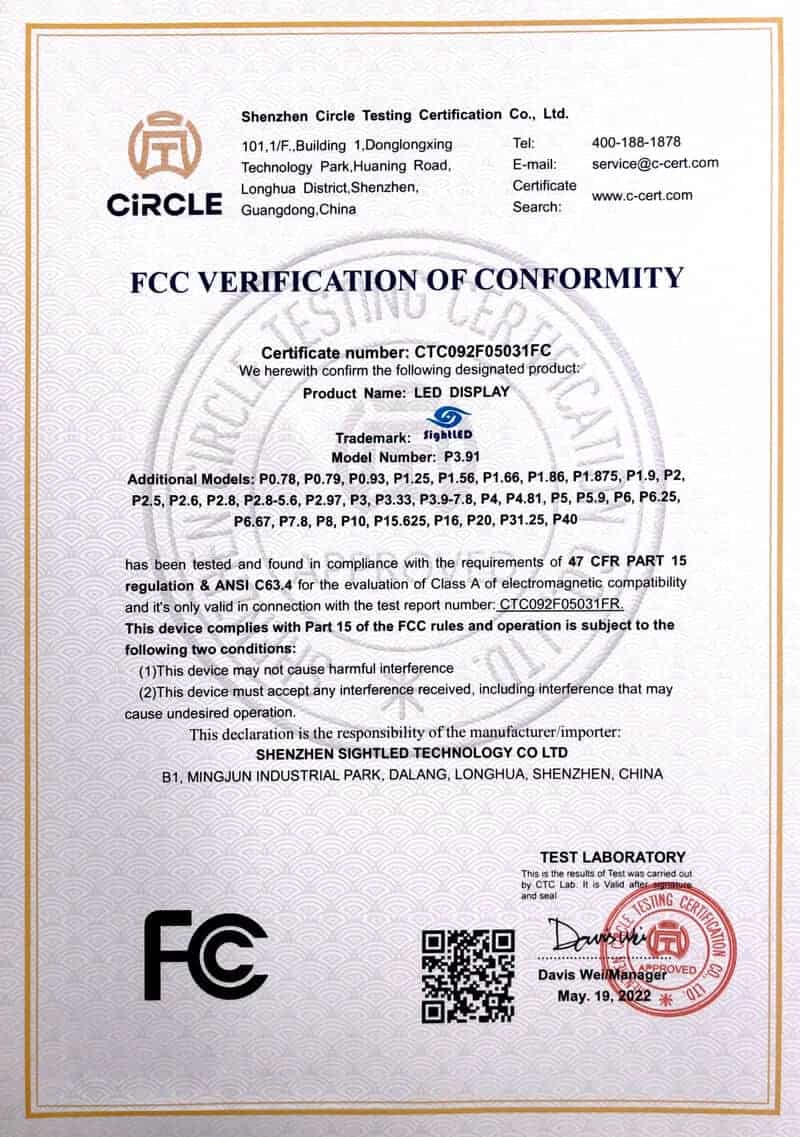SightLED Transparent LED display
SightLED Transparent LED display
- SightLED Transparent LED Displays offers high-quality and innovative solutions for transparent LED displays. Our displays are known for their high transparency, lightweight design, smart control features, and energy efficiency. Whether it's for building glass windows, walls, stores, bars, exhibitions, or shopping centers, our displays seamlessly integrate into various environments. With easy installation and maintenance, advanced control systems, and captivating visuals, SightLED Transparent LED Displays provides an exceptional viewing experience.
SightLED's Transparent LED displayfor All Your Creative Needs
How We Build Our High-Quality LED Displays
Ultimate FAQ Guide
what's transparent LED display?
Different types of Transparent LED Displays
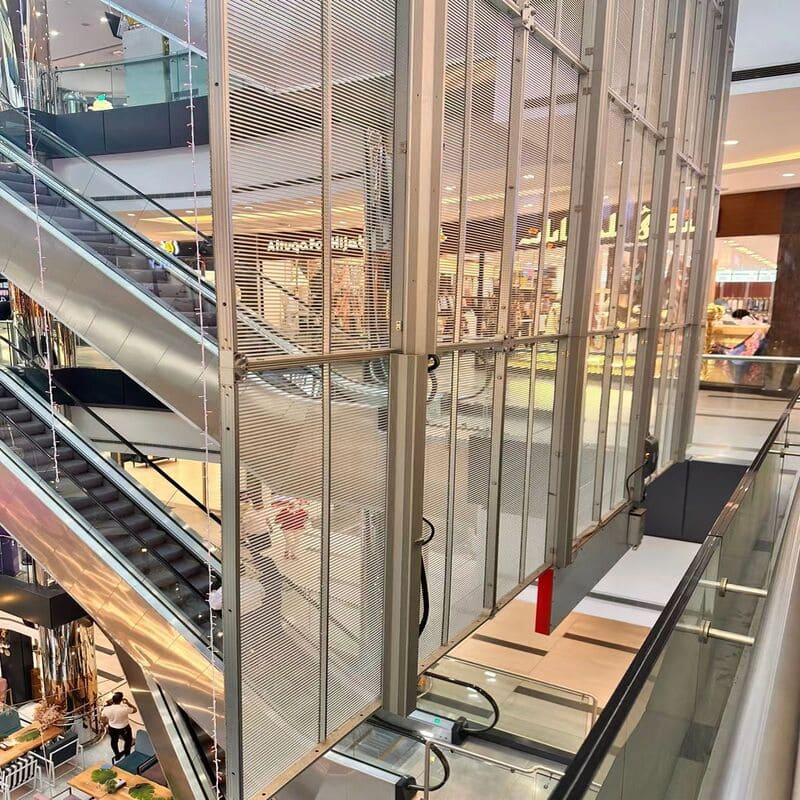
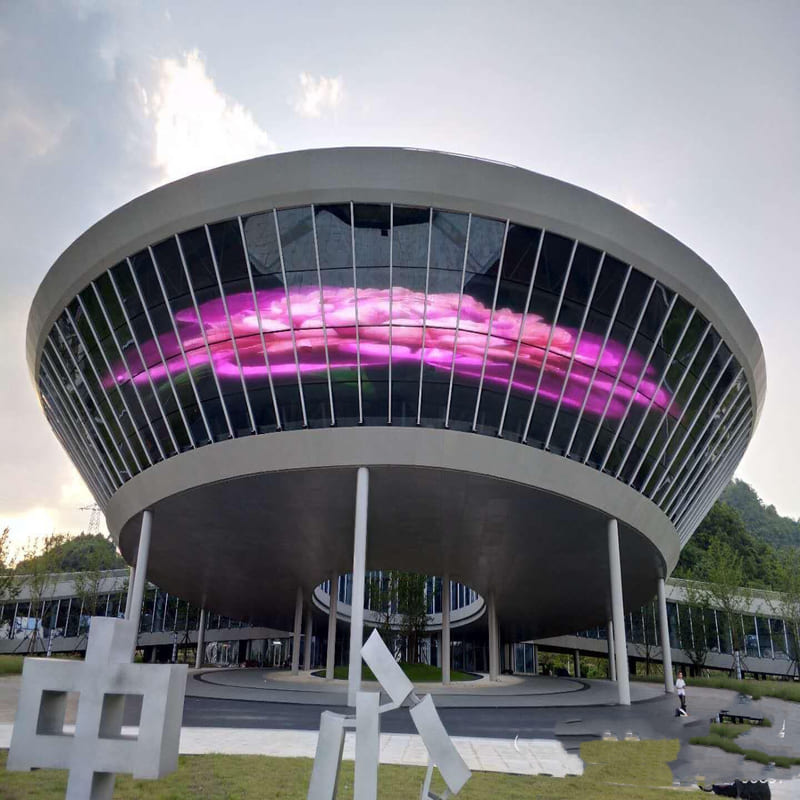
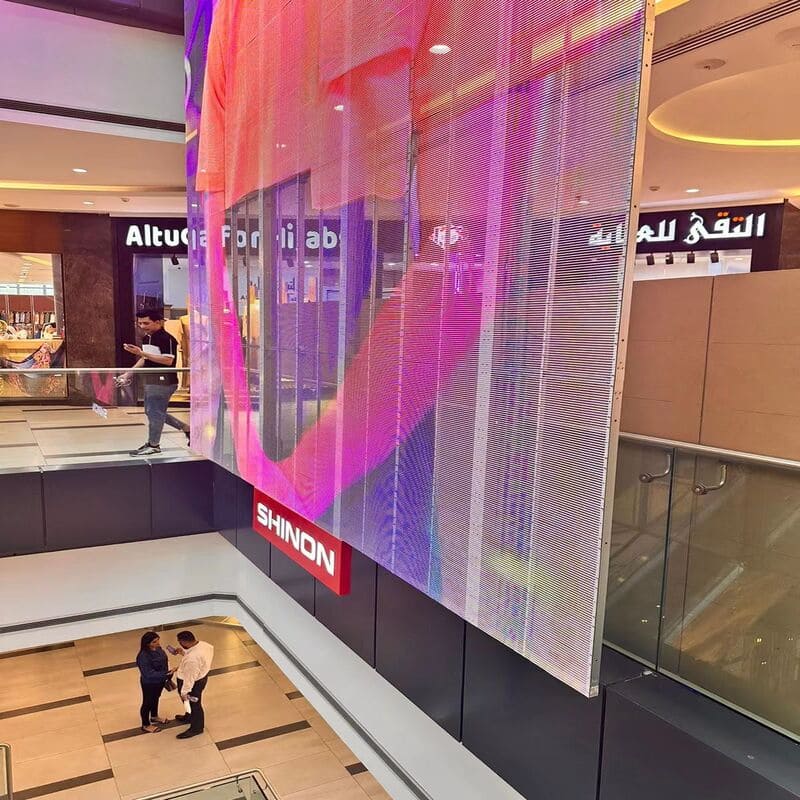
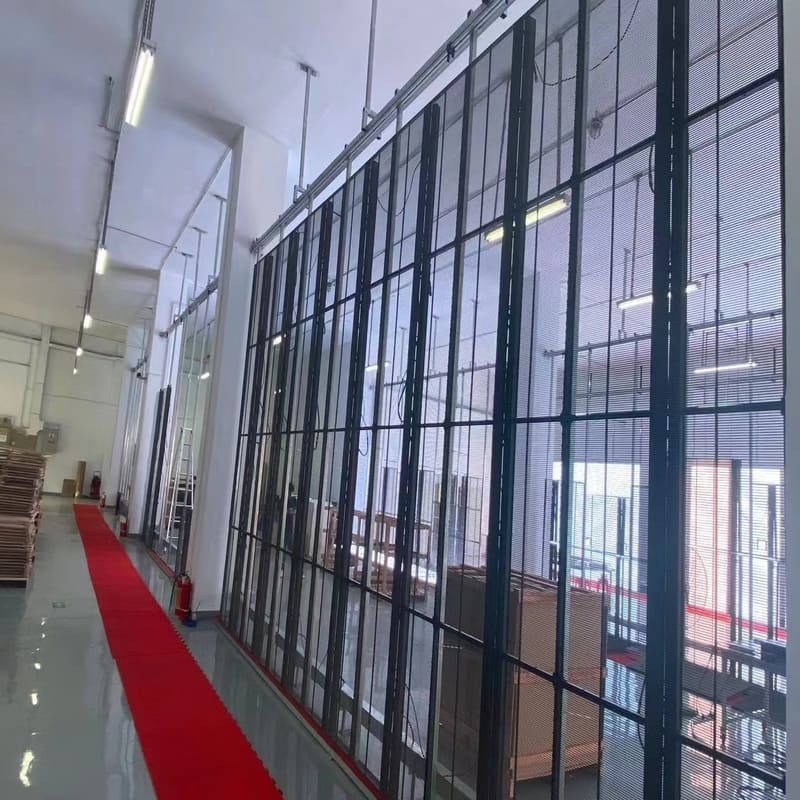
How to choose high quality transparent LED Displays
- Transparency: Look for displays with high transparency levels to maintain the see-through effect while delivering vibrant visuals.
- Image Quality: Ensure that the display offers high resolution, excellent color reproduction, and a wide viewing angle for clear and captivating visuals.
- Brightness: Opt for displays with high brightness levels to ensure visibility even in well-lit environments.
- Contrast Ratio: A higher contrast ratio provides better differentiation between light and dark areas, enhancing image depth and overall visual quality.
- Durability: Choose displays made with robust materials that can withstand outdoor conditions, such as dust, moisture, and temperature variations.
- Energy Efficiency: Look for energy-efficient displays that consume less power, reducing operational costs and environmental impact.
- Easy Maintenance: Consider displays that offer easy access for maintenance, such as quick module replacement or front serviceability options.
- Customization Options: If required, check if the displays can be customized to fit specific installation requirements, such as curved surfaces or irregular shapes.
Differences Between Traditional LED Displays and Transparent LED Displays

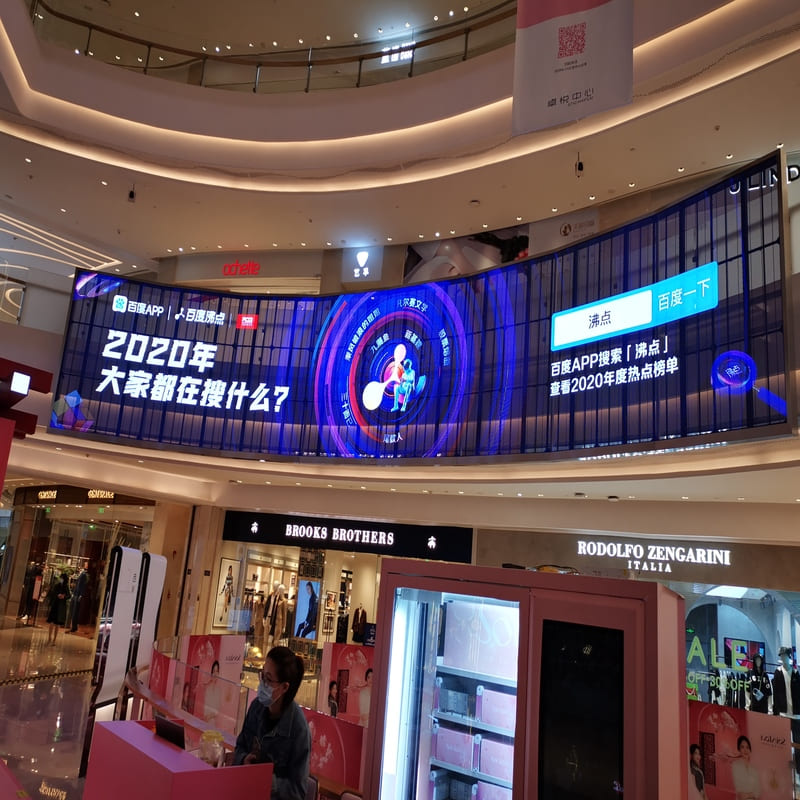
- Traditional LED displays and transparent LED displays differ in several key aspects:Design and Appearance: Traditional LED displays typically consist of opaque panels that obstruct the view behind them, while transparent LED displays are designed with see-through materials that allow light and visibility to pass through, providing a transparent or semi-transparent effect.
- Transparency: Traditional LED displays have low or no transparency, as the panels block the view completely. In contrast, transparent LED displays have high transparency, allowing viewers to see objects or scenery behind the display.
- Installation: Traditional LED displays are usually mounted directly onto a solid surface, such as a wall or structure. Transparent LED displays, on the other hand, can be installed on glass windows, glass walls, or other transparent surfaces, seamlessly integrating with the surroundings.
- Application: Traditional LED displays are commonly used for advertising, information display, or entertainment purposes in various indoor and outdoor settings. Transparent LED displays are specifically designed for applications where preserving visibility and maintaining aesthetics are important, such as storefronts, shopping malls, museums, and architectural installations.
- Visual Impact: Traditional LED displays offer vibrant and eye-catching visuals but can obstruct the view behind them. Transparent LED displays provide a unique visual experience by overlaying dynamic content on real-world scenery, creating an augmented reality effect.
- Transparency Control: Transparent LED displays offer the flexibility to adjust the transparency level, allowing users to strike a balance between transparency and content visibility according to their specific needs.
- Installation Space: Transparent LED displays are generally thinner and lighter compared to traditional LED displays, making them suitable for installations with limited space or weight-bearing capacities.
With this information, our team of experts can provide you with a detailed and customized proposal for an indoor LED display that meets your specific needs and requirements. We are committed to delivering high-quality products, excellent service, and competitive pricing to our customers. Contact us today to get started!
How to maintain transparent LED display
Maintaining a transparent LED display is essential to ensure its optimal performance and longevity. Here are some tips on how to maintain a transparent LED display
- Regular Cleaning: Clean the transparent LED display surface regularly using a soft, lint-free cloth or a specialized cleaning solution recommended by the manufacturer. Avoid using abrasive materials or harsh chemicals that may damage the display.
- Dust Prevention: Use dust covers or protective films when the transparent LED display is not in use to prevent the accumulation of dust and dirt on the surface.
- Proper Handling: Handle the transparent LED display with care to avoid any physical damage. Avoid applying excessive pressure or force during installation, maintenance, or transportation.
- Temperature and Humidity Control: Maintain suitable temperature and humidity levels in the environment where the transparent LED display is installed. Extreme temperature or humidity fluctuations can affect the performance and lifespan of the display.
- Power Management: Follow the recommended power management guidelines provided by the manufacturer. Avoid overloading the display with excessive power or operating it under inadequate power supply conditions.
- Regular Inspection: Conduct routine inspections of the transparent LED display to identify any issues or abnormalities. Check for loose connections, damaged cables, or malfunctioning modules. Promptly address any identified problems to prevent further damage.
- Professional Maintenance: Consider scheduling periodic professional maintenance and servicing of the transparent LED display. Professional technicians can perform thorough inspections, cleaning, and necessary repairs to ensure optimal performance.
Table Of Content
Get In Touch
Why Choose SightLED Transparent LED display
At SightLED, we are committed to providing top-quality rental LED screens and ensuring that our clients receive exceptional customer service and support. Whether you are planning a corporate event, concert, or sports tournament, our team of experts is here to help you make it a success.
SightLED , a trusted name in the LED display industry with over 12 years of experience.
SightLED has installed LED screens in over 100 countries around the world, providing a global reach for events of any size.
- High-quality: Our outdoor LED displays use high-quality materials and advanced technology, ensuring stability and durability.
- Strong production capacity: With a 15000 square meter factory and advanced equipment, we can meet the needs of customers with various orders.
- Professional certification: Our products are certified by ISO9001, CE, RoHS, FCC, CCC, BIS, EMC, and other international organizations, ensuring their quality and safety.
- Excellent after-sales service: We provide timely and professional after-sales service to ensure customer satisfaction.

